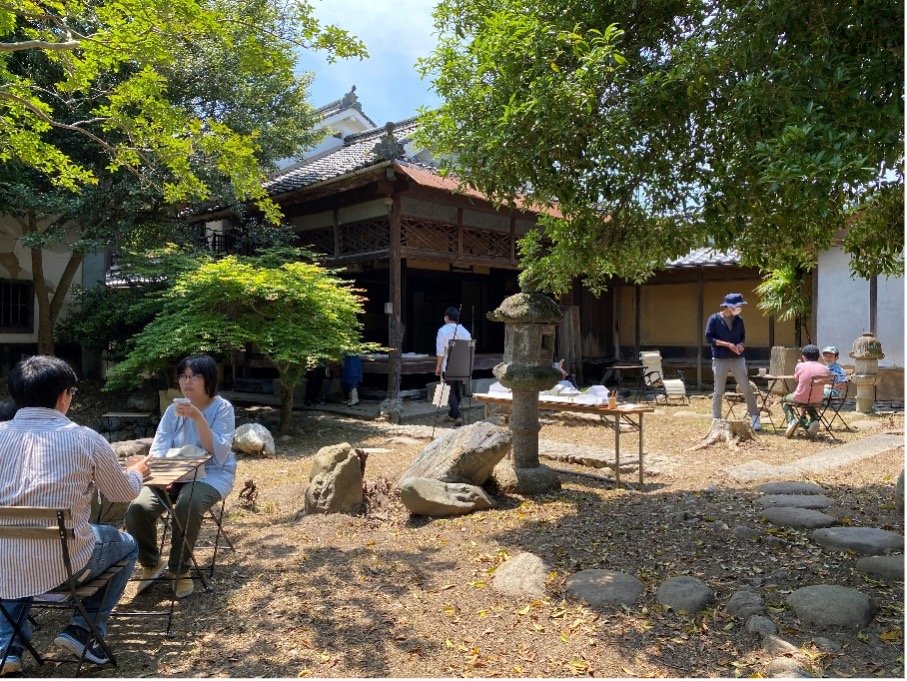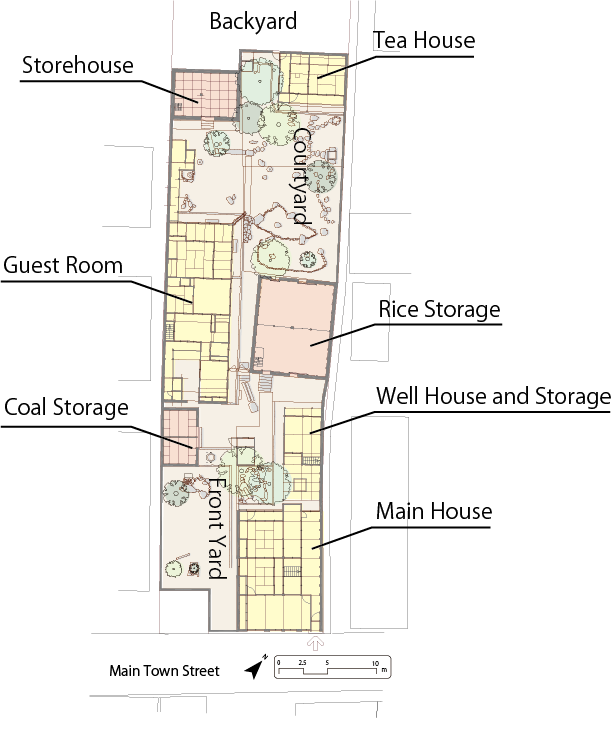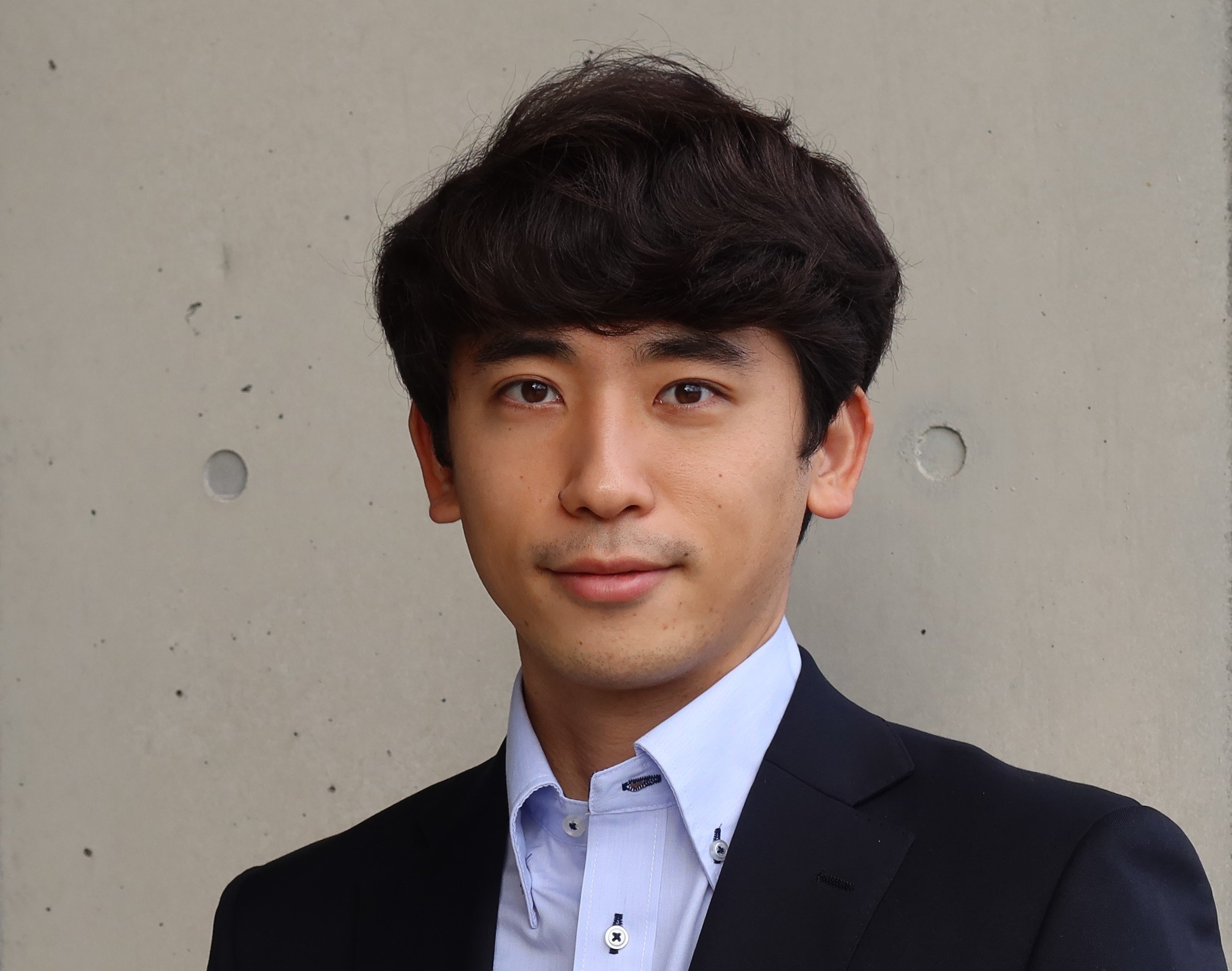Uchiko Historic Town Planning Project : Story of Remodeling the Mori Residence
Located at the center of Ehime prefecture, the town of Uchiko developed as an important stopping point on the Shikoku O-henro (Buddhist pilgrimage) route and the Old Ozu Highway. It thrived as a center of washi paper and mokuro (Japan wax) production. The town used to hold markets starting in the Middle Ages, and the names of the Muikaichi* and Yokaichi* districts are derived from these historical markets. There are many historic properties in Uchiko, including the Yokaichi Gokoku Preservation Districts for Groups of Traditional Buildings and the Uchiko-za theater, which is an important cultural asset. Making the most of these historic resources, the town is now being transformed despite the dwindling population due to an aging society.
* muika means “the sixth of the month,” yoka means “the eighth of the month,” and ichi means “old-time market.” Muikaichi thus means “market on the sixth of every month,” and yokaichi means the “market on the eighth of every month.”
The Uchiko Historic Town Project was launched in 2017 to draw up “Plans for the Maintenance and Improvement of Historic Landscapes,” aiming to further promote historic town planning. With the Urban Design Lab at the School of Engineering at the University of Tokyo joining the project to offer detailed suggestions, the next-generation town planning project was approved by the Ministry of Land, Infrastructure, Transport, and Tourism in 2019 and was started in the same year.
Jun Okada, a second-year doctoral student in the Department of Socio-Cultural Environmental Studies, has been working on the remodeling and reuse project of the former Mori Residence, which is vacant but highly valuable as a historic property. Okada became interested in the project because he loves old town streets and buildings: “The Mori Residence has seven big and small buildings and three yards, but they are gradually decaying. Preserving the house requires a lot of money, so we need to balance the legacy of its historical value with sustainable cost-effectiveness to remodel and use the residence,” Okada points out.
“It is definitely important to satisfy local needs. But as a young researcher, I also want to suggest something new from a long-term perspective. I don’t want the town to just be a day-trip sightseeing spot. I want people to return to Uchiko repeatedly or make a longer stay to enjoy the village scape and interact with the local community. ‘Active preservation’ is what I’m aiming for—that is, improving the town through activities and time shared by the local people and visitors, rather than simply preserving buildings and the townscape,” notes Okada, whose exploration continues.
(Original Japanese text by Mayuko Araragi)

The experimental “Yard Café” on May 22, 2022
A café was opened in the courtyard of the Mori Residence that displayed explanation panels and property models, while distributing questionnaires to visitors. They received 80 visitors in five hours.

The site map of the Mori Residence
Long rectangular plots of land are typical of early-modern Japanese castle towns. The main house was built in the late Edo era, and the other buildings were built in the Meiji period and before.

The storehouse for rice and the other buildings were built in 1821.
These buildings provide valuable information about the lifestyle of the time they were built, but they are currently deteriorating after a long period of vacancy.

OKADA Jun
Seconf-year master’s course students of the Department of Socio-Cultural Environmental Studies
Plans for the Maintenance and Improvement of Historic Landscapes
The plans are to maintain and improve historic structures and the neighborhood townscape to leave them as a legacy for the younger generations. The municipality must design the plan in accordance with the Law on the Maintenance and Improvement of Historical Landscape in a Community (known as the Law on Historical Urban Development); after approval from the Minister of Land, Infrastructure, Transport, and Tourism, the government will support the plans.
The activity funding is partially supported by the GSFS Student Project.
vol.41
- Cover
- REDEFINE THE VALUE OF WATER FOR BETTER SOCIAL SYSTEMS
- Realizing Advanced Nuclear Fusion and Creating Antimatter Plasma: Learning From Natural Phenomena
- Clarifying the Biological Significance of Susceptibility Variants for Common Diseases
- Formulating Visually Perceived Environments: Impressions of Interior and Light Environment
- GSFS FRONTRUNNERS: Interview with an entrepreneur
- Voices from International Students
- ON CAMPUS x OFF CAMPUS
- EVENT & TOPICS
- INFORMATION
- Relay Essay
